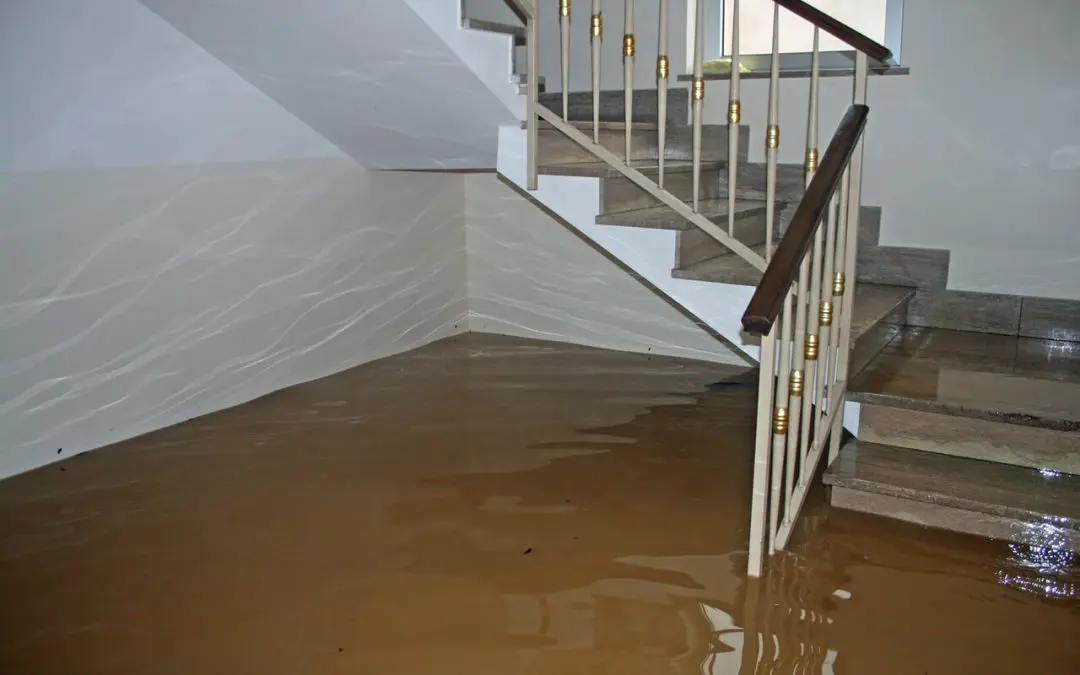Cleaning up after residential water damage is a difficult process. You’ll have several potential problems to deal with, all of which could cause long-lasting damage to your home.
By following a detailed guide, you can minimize the time spent repairing and cleaning after water damage. Below you will find each step in diagnosing the damage, cleaning, and repairing an area of a house that has been exposed to water.
Dealing With Residential Water Damage
Turn Off the Water to Prevent More Residential Water Damage
This step only applies if the area is flooded by a burst pipe or broken appliance. If this is the case, you should shut off the main water source to your house.
Disconnect Power
Turn the electricity off in your home, but only if it is safe. If you have to stand in water to reach your breaker or fuse box, consult a professional electrician.
Take Photos
Before cleaning anything, you should take plenty of photos. These will be useful to show insurance companies later.
Collect Your Valuables
Gather anything that you can safely save that has value to you.
Get Rid of the Water
You’ll require a pump to help you get the standing water cleaned up. Place the pump at the lowest point of the water and turn the pump on. Depending on the amount of water, this could take hours.
Cleaning Up After Residential Water Damage
The water is going to leave behind debris. The cleaning process will likely take a while. After all the debris and junk is collected, you’ll likely have to mop and sweep the area. It could take multiple cleanings to get all the mud off the floor.
Mold From Residential Water Damage
Mold may not be immediately visible after flooding. It could show up months later. Keeping an eye out for mold, and eliminating it swiftly is one of the most important steps in dealing with residential water damage. Mold will almost always appear if all the water isn’t immediately removed from the area.
Locate Mold
Mold doesn’t always grow in visible areas. It prefers damp, dark places. Check vents, air ducts, and crawl spaces for mold as well as baseboards and corners.
Dry Out the Area After Residential Water Damage
Open windows or use fans if the area has no windows. Do not use fans near the source of mold because they could spread the spores through the air.
Replace Drywall
If drywall is water damaged, it is time to replace it. Cut about a foot above where the damage is, and replace it with new drywall.
Clean Mold Vigorously
Use disinfectant to make sure mold doesn’t return. Wash all hard surfaces with soap and wipe them off with disinfectant. A potent bleach/water combination removes mold from concrete floors and walls. Wear protective gear and use caution. In severe cases, hire a mold mitigation specialist.
Prevent Future Flooding
If you live in a flood-prone area, you need to make your home is resistant to residential water damage. This includes using water-resistant materials, installing a sump pump, and making sure drainage leads water away from the home.
Home Inspectors of Middle Tennessee offers professional home inspection services. Contact us to schedule an appointment.

